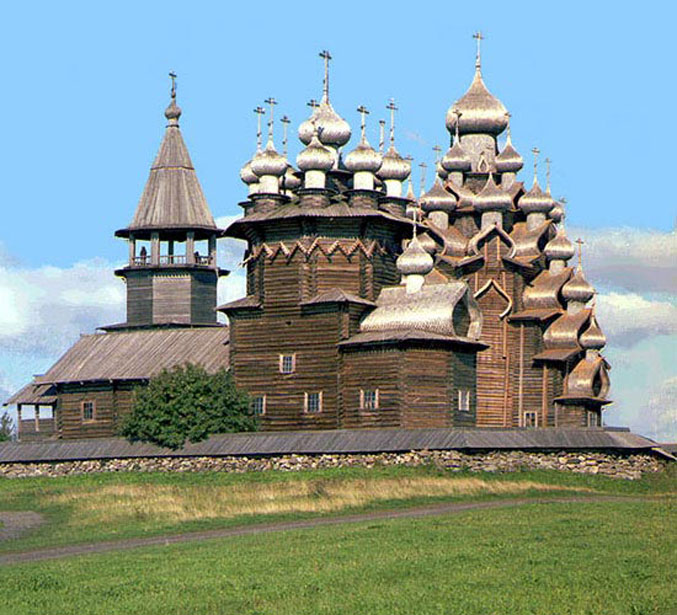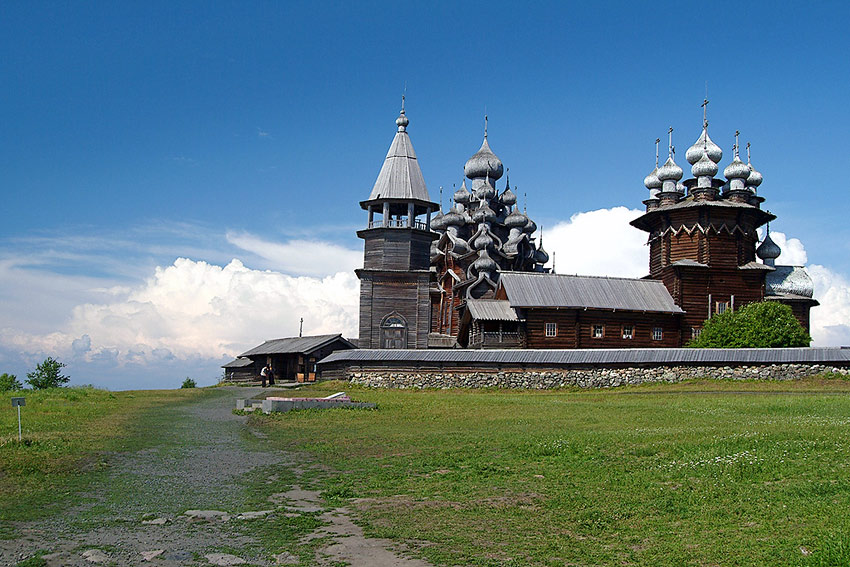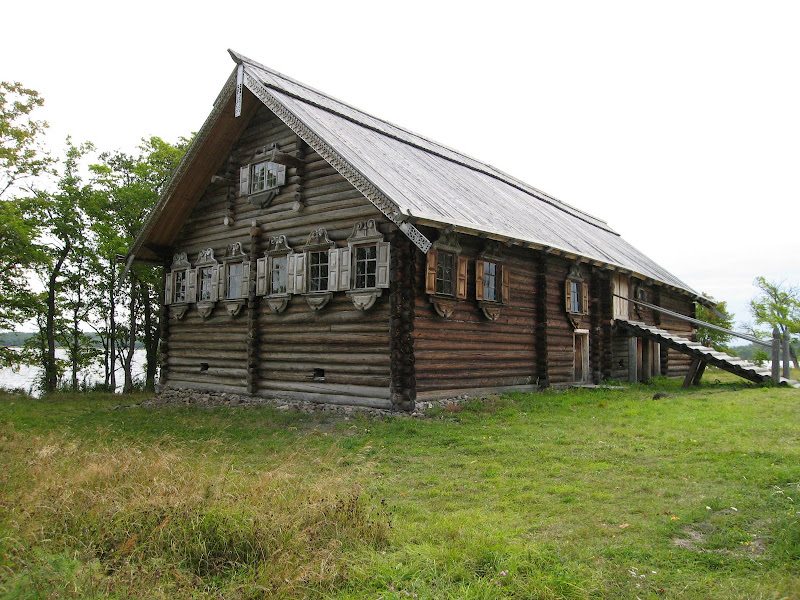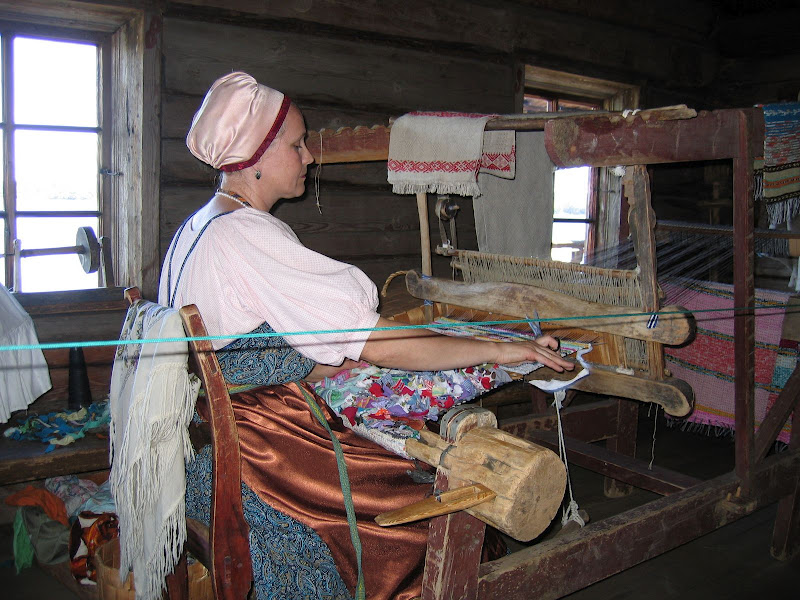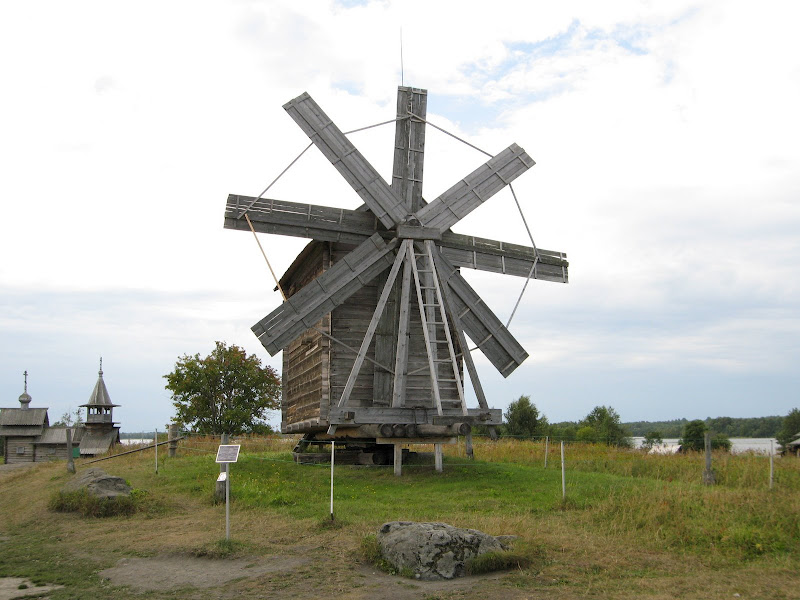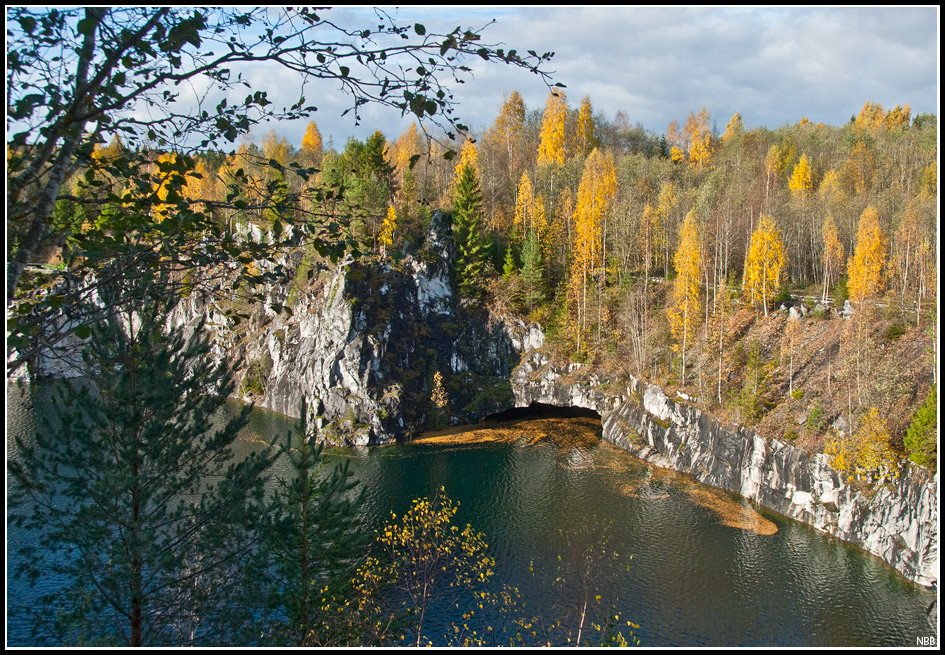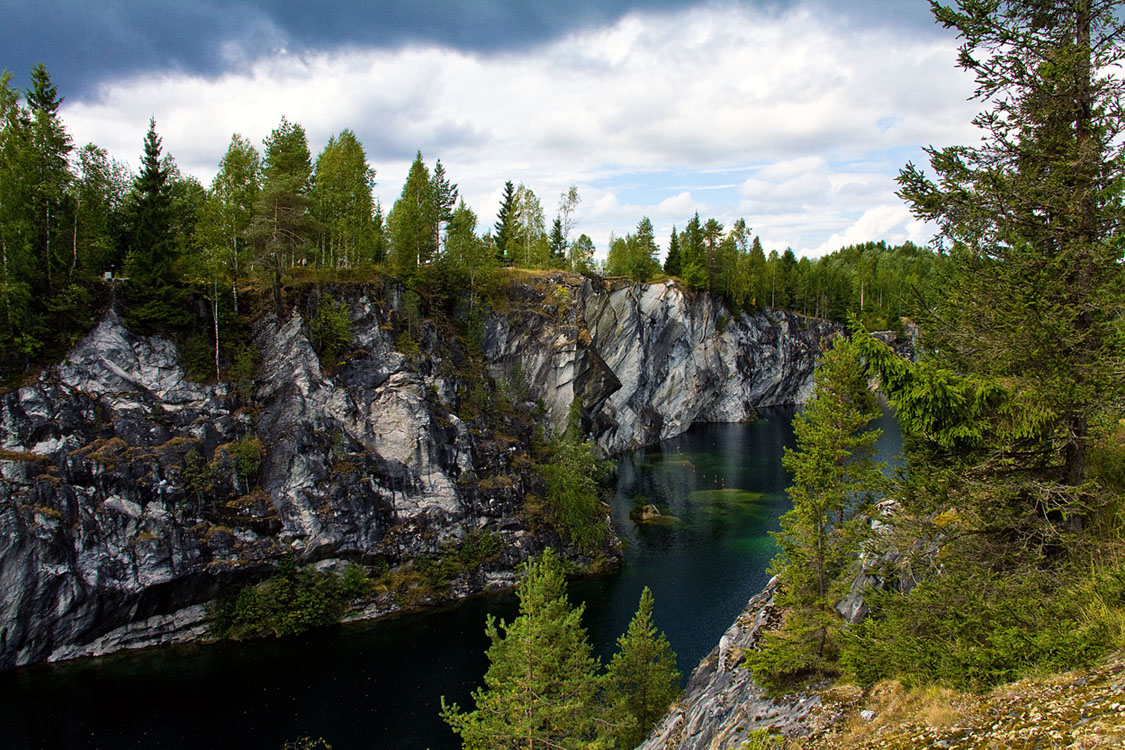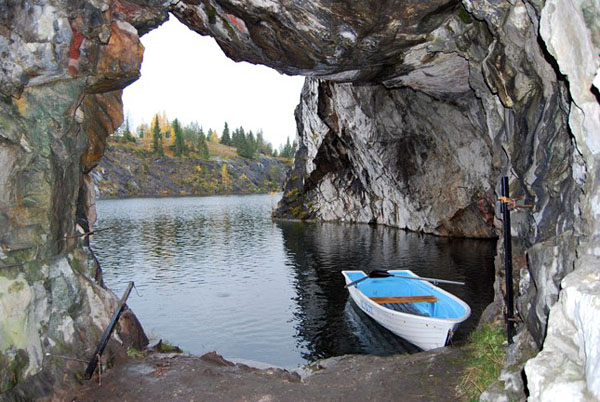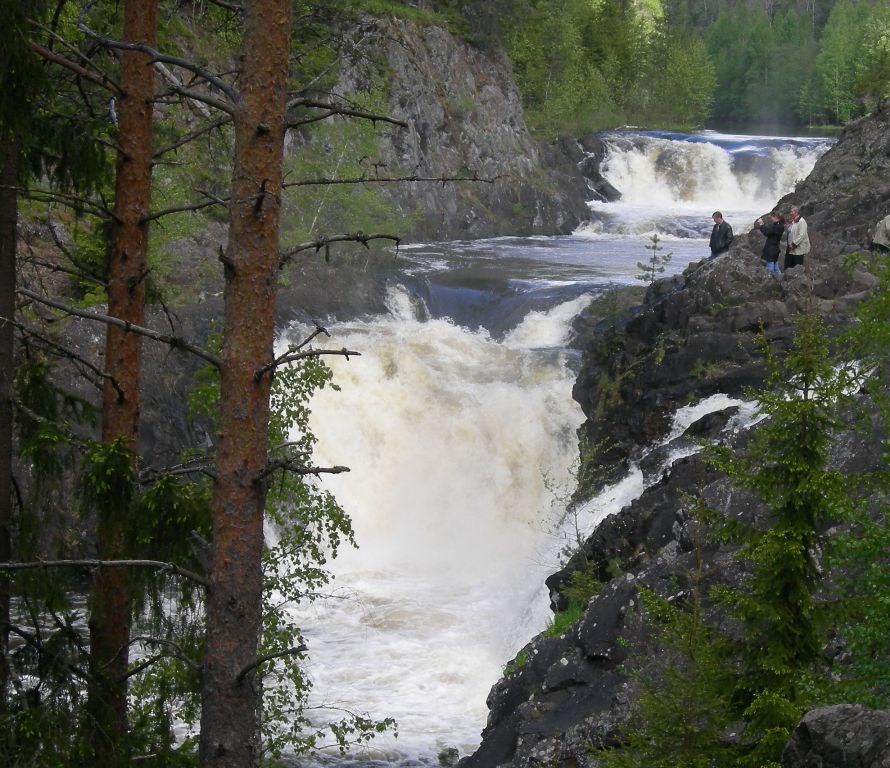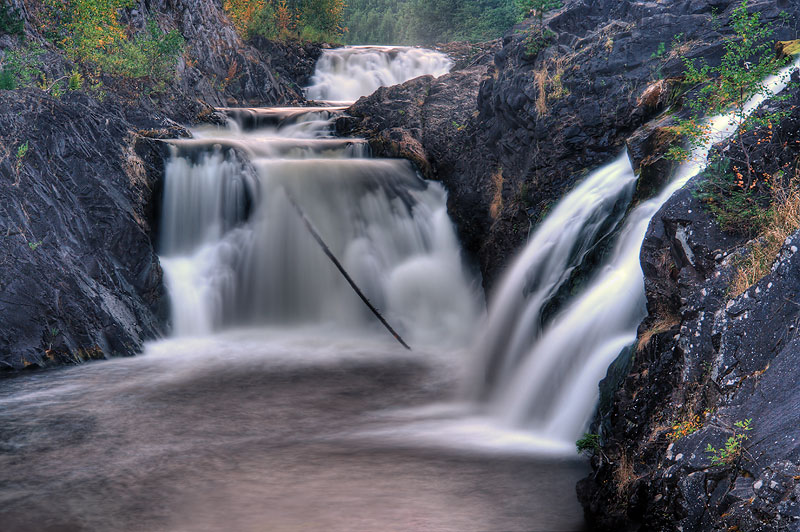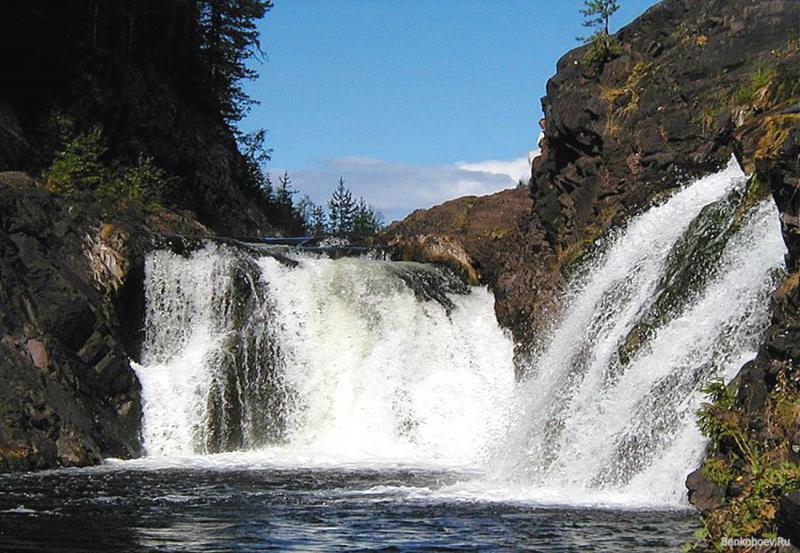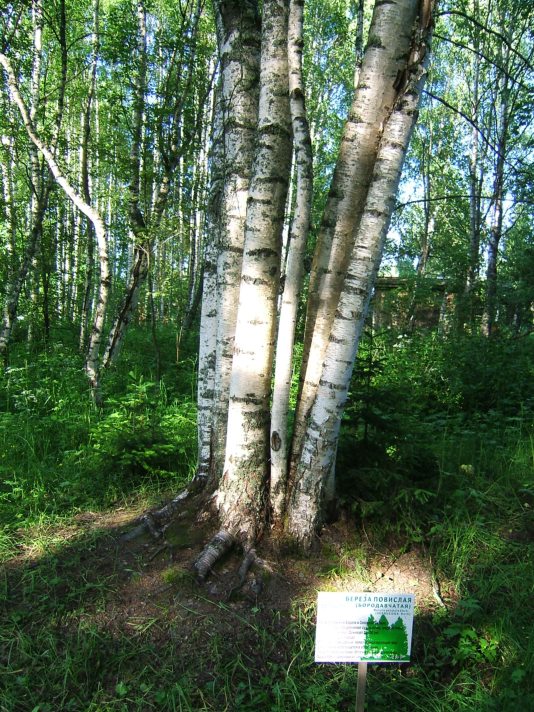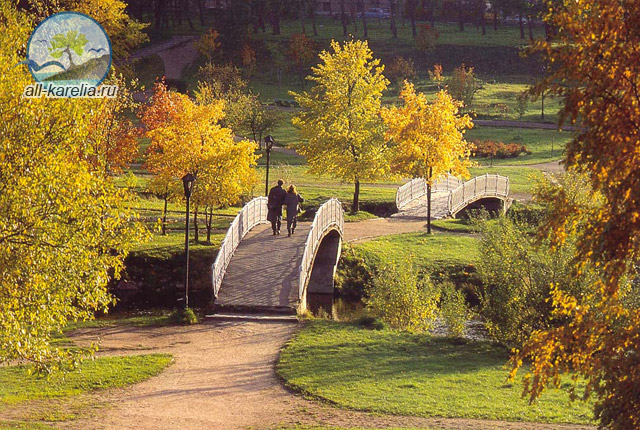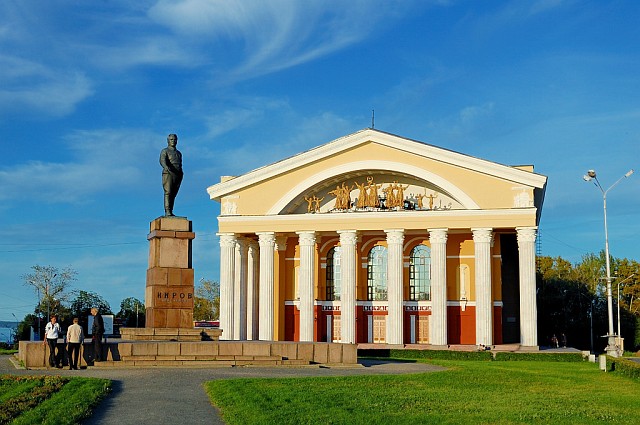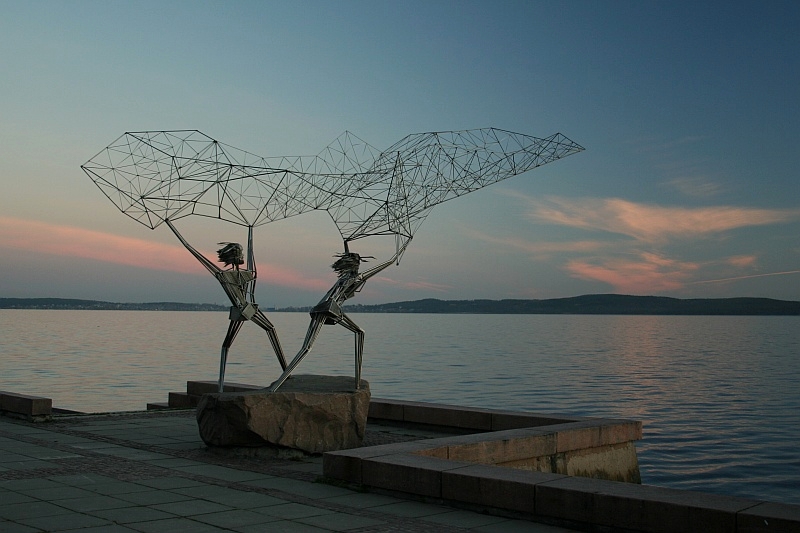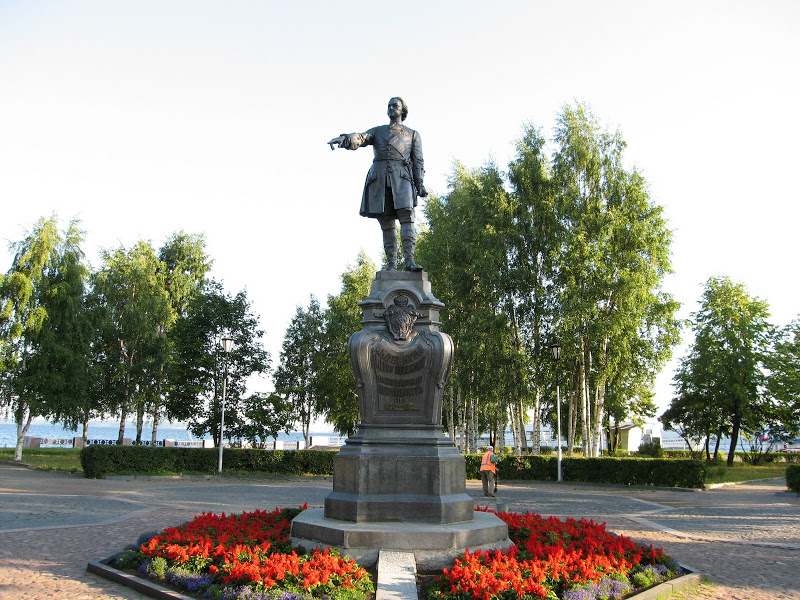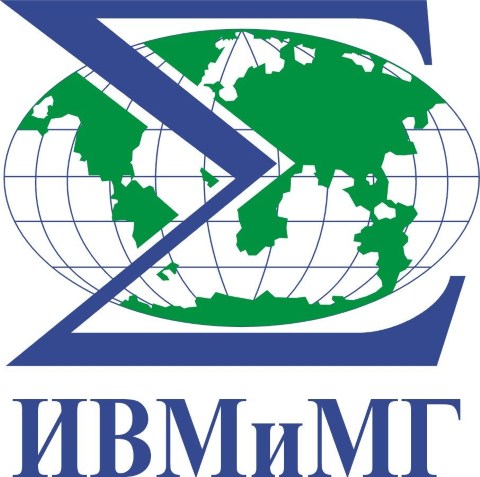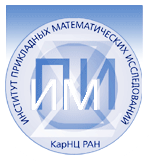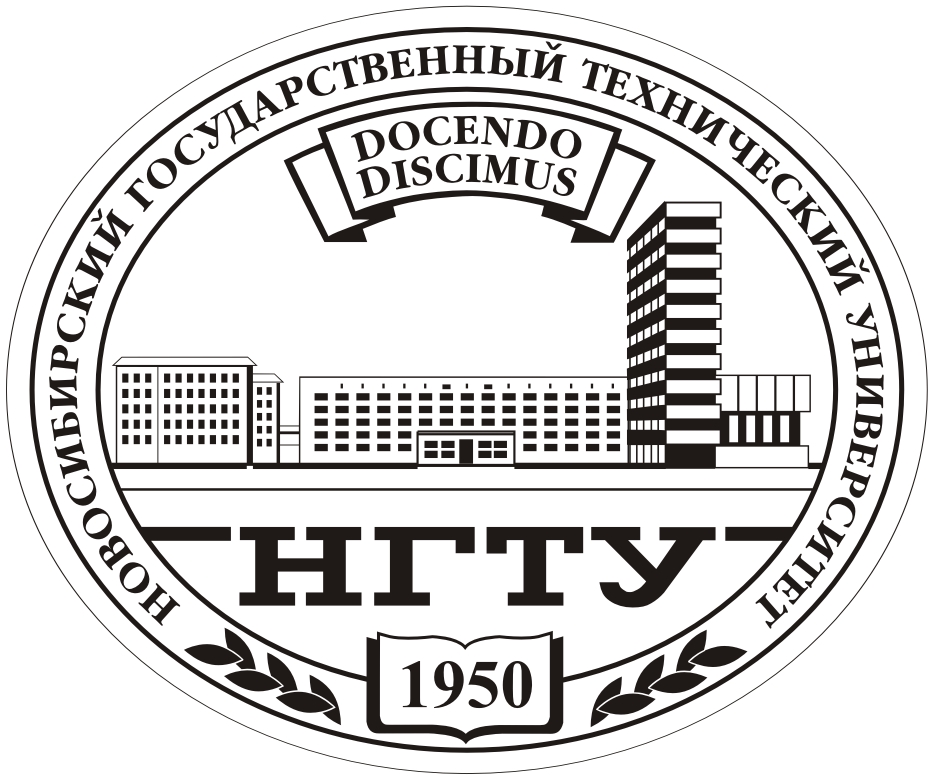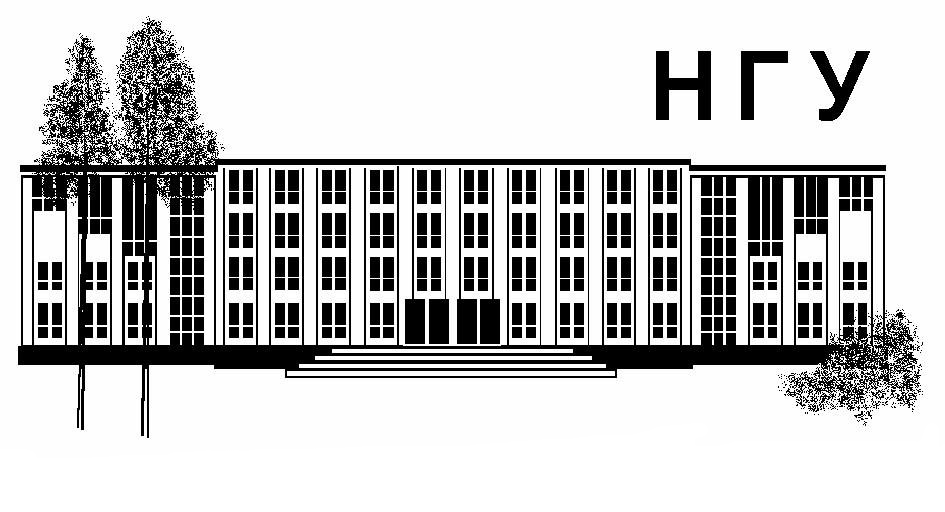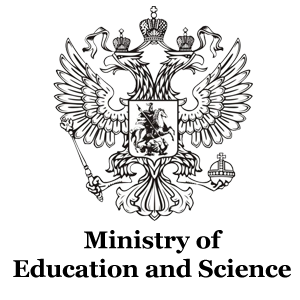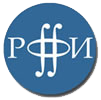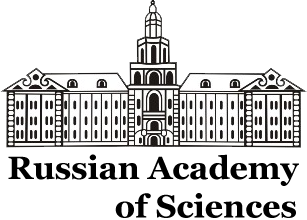Sightseeing and Social Program
The Republic of Karelia has great opportunities for visitors. It is one of the most famous Russian territories in international tourism for its unique architectural, cultural and historical sites. The historical and cultural peculiarity of Karelia, which differs it from the other regions of Russia, is made by the cultural heritage of the four indigenous populations: Karelians, Finns, Russians and Vepps. Living together for more than ten centuries, they have created a unique and original culture.
A tour to Kizhi museum is currently expected to be a part of a conference social program. Some other places of interest are described below. The participants can choose to visit these places on their own before of after the conference. The organizers will be glad to provide advices and help with contacts with local travel agencies. More information can be found on the Internet. For example, see the Karelia's Tourist Portal and the site of the “Petrovan-Tour” travel agency.
Sightseeing in Karelia
The Kizhi museum is one of the largest open-air museums in Russia. This is an unique historical, cultural and natural complex and a particularly valuable object of cultural heritage of the peoples of Russia. The basis of the museum collection is the architectural ensemble of the Kizhi Pogost included in the World Heritage List of UNESCO.
The collection of pieces of wooden architecture on Kizhi Island is united into three large exhibition sectors. Other places of interest are the two historical settlements — Yamka Village and Vasilyevo Village — and several more pieces of wooden architecture on Kizhi Island. The architectural and ethnographical exhibition of the Kizhi Museum completely represents the traditional peasant culture of the Olonets Province in the XIX — the early XX cc., demonstrates the traditional peasant household and spiritual culture.
Valaam archipelago is located in the northern part of Lake Lagoda. The largest Valaam Island is famous for its architectural ensemble of the Male Monastery of Savior and Transfiguration. The central manor consists of the Monastery of the Transfiguration of the Saviour, cells, guest house for pilgrims, sacred gates with the Church of Sts. Peter and Paul, the temples of Assumption and Vivifying Trinity. Many significant temple buildings are erected around the central manor. Industrial zone of the monastery includes a water-supply house, a dairy-farm, a fish-farm, summer and winter hotels, a system of canals and wells. The modern Valaam is almost a full monastic state, except perhaps its own currency.
The nature of Valaam is kind of a quintessence of the Karelian nature. The national park keeps safe beautiful views of archipelago and with the specially made routes shows tourists cultural, historical and natural sights of this place.
The gateway to Valaam is the town of Sortavala, about 300 km west of Petrozavodsk. A one-way bus trip takes about 4 hours and costs about 600 RUB. Organized 7-hour trip from Sortavala and back including 2 sightseeng tours, a concert and lunch: 69 EUR (2720 RUB for Russian citizens).
Organized 18-hour trip to Valaam and Ruskeala from Petrozavodsk with 3 meals: 7400 RUB.
The Solovetsky archipelago is situated in the western part of the White Sea, less than 100 miles from the Arctic Circle, and consists of 6 large and many smaller islands. The biggest of these is the Greater Solovetsky Island, on which the famous medieval monastery stands. Historically the islands have been the setting of the famous Russian Orthodox Solovetsky Monastery complex, which was founded in the XV century. When visiting Solovetsky Islands, you get acquainted with legendary Monastery buildings and fortress walls and towers, learn the history of Stalin's infamous prison SLON. You can see numerous hermitages, the monastery drydock and stone labyrinths of prehistoric times.
The gateway to the Solovetsky islands is the town of Belomorsk, about 370 km north of Petrozavodsk. Organized one-day trip from Petrozavodsk: 5500 RUB (3500 RUB from Belomorsk and back), two-days trip: 7900 RUB.
The Ruskeala marble quarry (260 km west from Petrozavodsk, close to the border with Finland) is a picturesque natural monument and a mining site. It is filled with pristine groundwater of emerald color. The lenght of the canyon from north to south is 460 meters, width up to 100 meters. The height from the highest point of the side to the bottom is more than 150 meters. Water transparency reaches 18 meters. Picturesque marble quarries have long been mined for building marble cathedrals and palaces of St. Petersburg and other cities. Currently several quarries are abandoned and flooded, but other ones continue to be used for industrial production of stone.
One-way trip from Petrozavodsk or back to the city takes 5 hours by bus. Sightseeing tour at the quarry: from 200 RUB; one-hour boating: 200 RUB. Organized trip from Petrozavodsk: 2000 RUB.
Martsialnye Vody, or the Waters of Mars, is the oldest spa in Russia, founded in 1719 by Peter the First. Its special treatments are very popular among local visitors which come here to enjoy the healing power of sulfur-smelling mud as well as lovely scenery. The health resort is situated about 50 km away from Petrozavodsk. The delightful natural setting and striking landscape seem to have been made for a spa. Local mineral waters are deemed to have healing powers and the springs are very good to drink. In 1946, a museum commemorating the spa’s importance, the story of its grand foundation as well as its development and growth over the years was opened here.
The Kivach Waterfall is the second largest flat land waterfall in Europe, with the height of about 11 meters. It is situated on the Suna River and gives its name to the Kivach Natural Reserve, founded in 1931. The waterfall is surrounded by a large nature reserve, a museum of nature, an arboretum and a monument to the heroes of the Great Patriotic War (WWII).
Organized 6-hour trip to Martsialnye Vody and Kivach waterfall with lunch: 1750 RUB.
Sightseeing in Petrozavodsk
The capital of the Republic of Karelia, the City of Petrozavodsk, has the status of historical city of Karelia. Petrozavodsk emerged due to Emperor Peter the Great and impetuous historic events of early XVIII century, i. e. Russia’s struggle for the access to the Baltic Sea, switching the life of the whole country to “western traditions”, and boisterous development of industries in an agricultural state. The streets of the city are decorated with monuments to Peter the Great, Alexander Pushkin, Gavrila Derzhavin, and modern sculptures made by Karelian sculptors or presented by sister cities. Petrozavodsk is one of the greenest cities of Russia, stretching 25 km along the shores of Lake Onego. The center of the city is limited by Onezhskaya embankment and a railroad in the north and south, by the Neglinka and the Lososinka rivers in the east and west.
The city has a fine frontage on the Gulf of Petrozavodsk. The modern embankment, inaugurated in 1994, displays an assortment of Karelian granites and marbles. It is lined with extravagant postmodernist sculptures presented by sister cities of Petrozavodsk from around the world. The "Old Town" (a quarter of historically important buildings lying close to the embankment) contains fragments of residential areas related to XIX — early XX century (32 most interesting historical and architectural plan houses, unique monuments of the past).
The Museum of Fine Arts of Karelian Republic contains a collection of icons collected in Karelia from the middle of the XIX century (about 2,500 pieces), a collection of works devoted to the Karelian-Finnish epic "Kalevala" (about 700 pieces); collection of native art of the XX century (about 4000 pieces); collection of folk art (over 2,000 pieces), a collection of foreign art and much more.
The National Museum of the Republic of Karelia presents the permanent exhibition devoted to the nature, history and archeology of the Republic of Karelia and the city of Petrozavodsk, as well as traditions and the way of life of Karelians, Veps and Russians.
The Museum of Industrial History of Petrozavodsk was opened in September 2011. The age of selected items corresponds to 200-300 years. The most interesting exhibits include fragments of Russia's first railway built in 1788, samples of artistic casting, working models of plants and Alexander Petrovsky plants and much more.
The Music Theater of Karelia is the largest stage of the Republic. The repertoire is based on opera and ballet performances. The audience hall is designed for 617 spectator seats. The company of actors, creative professionals and technical staff amounts to more than 300 persons.
The Finnish National Theater, or the State drama theater in Petrozavodsk, is the only professional theater in the world that presents plays in Finnish, Karelian, Vepsian and Russian languages. The repertoire includes Finnish and Swedish drama, Russian and foreign drama and comedies, world classics, experimental and traditional art direction.




